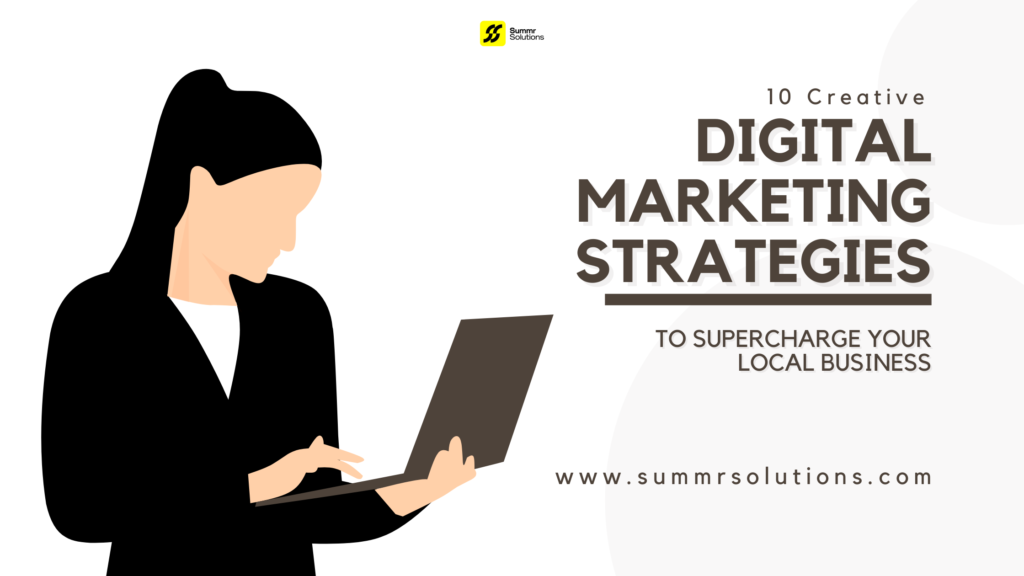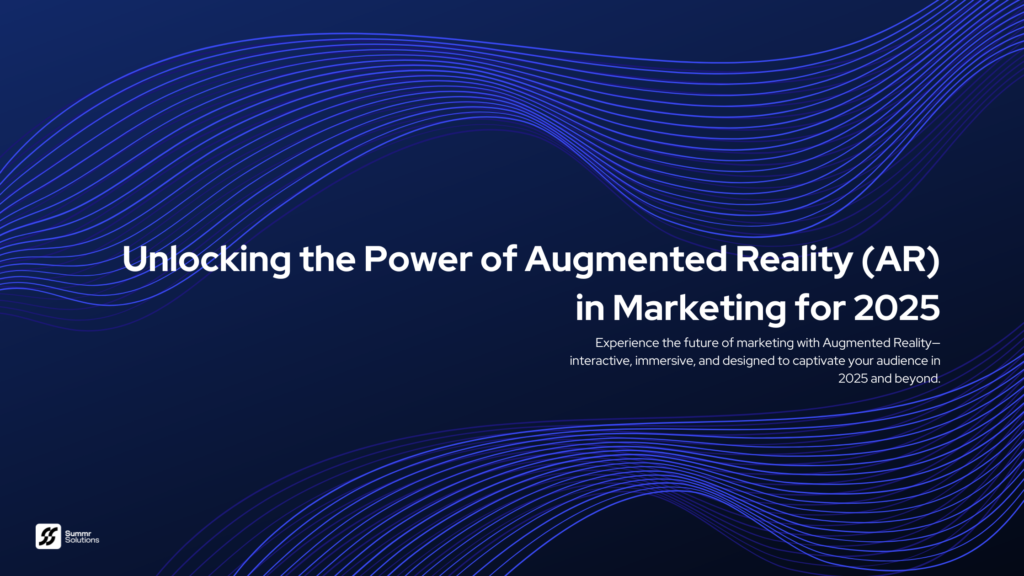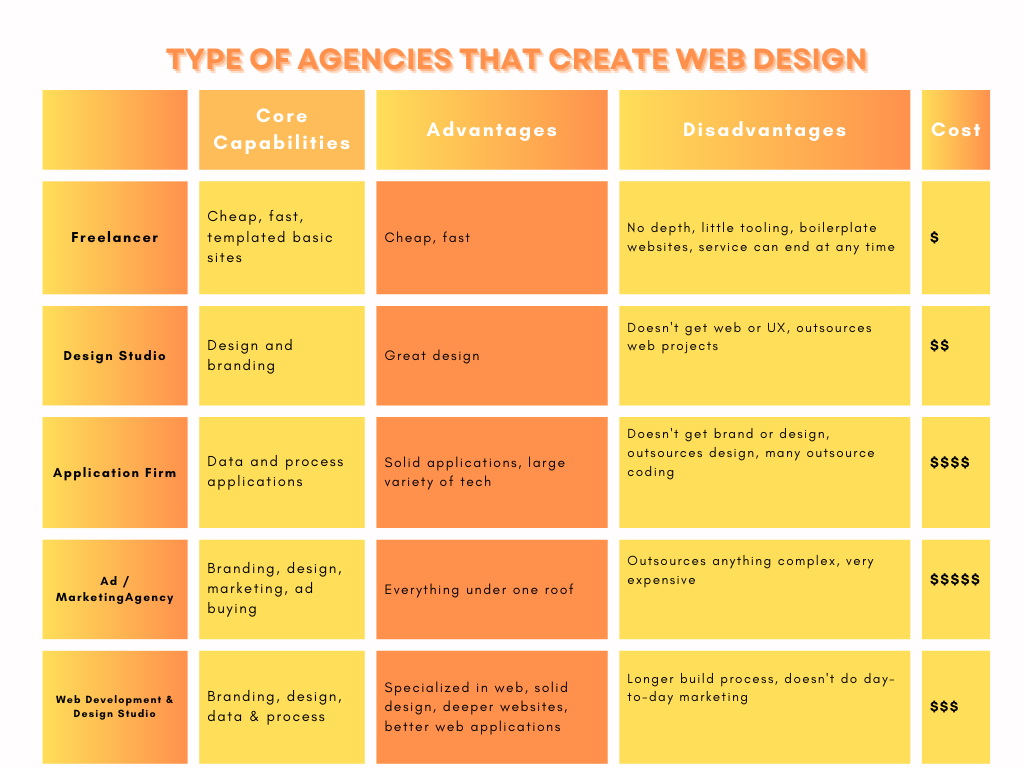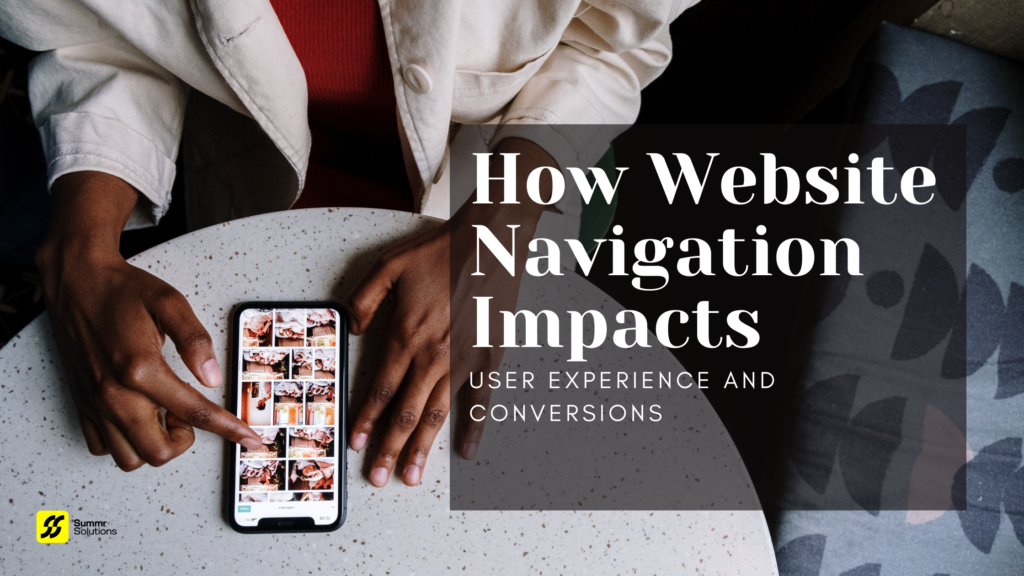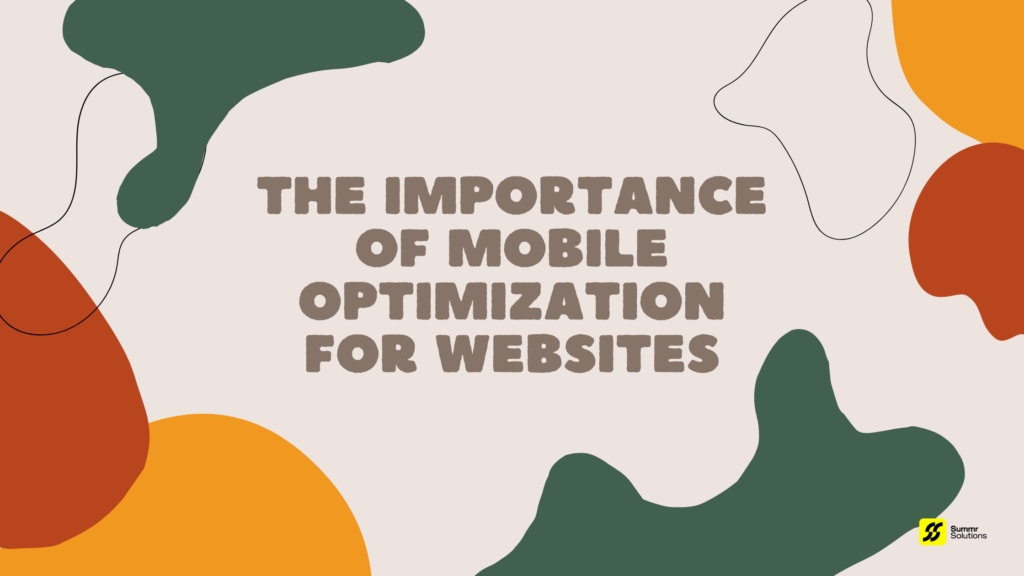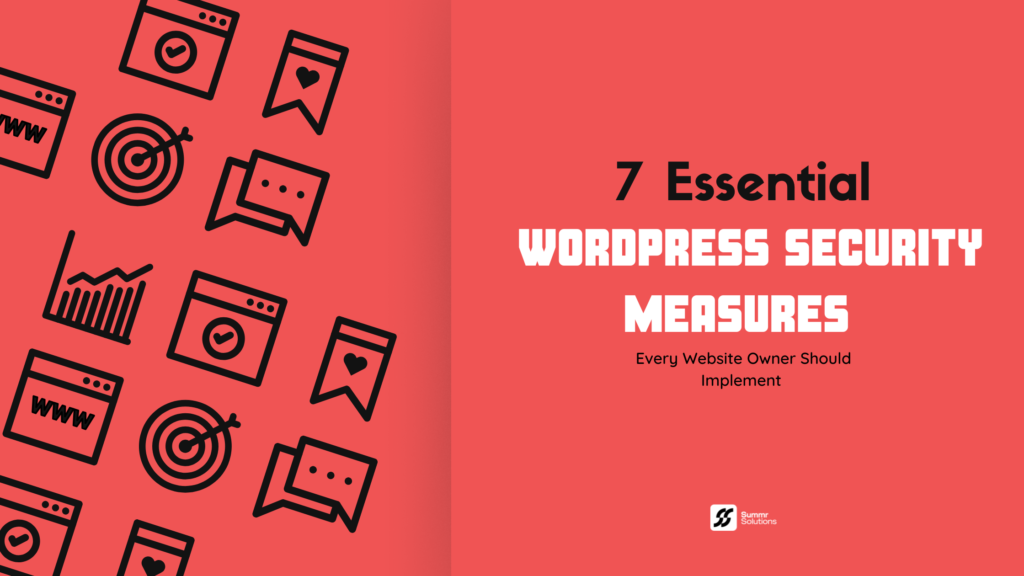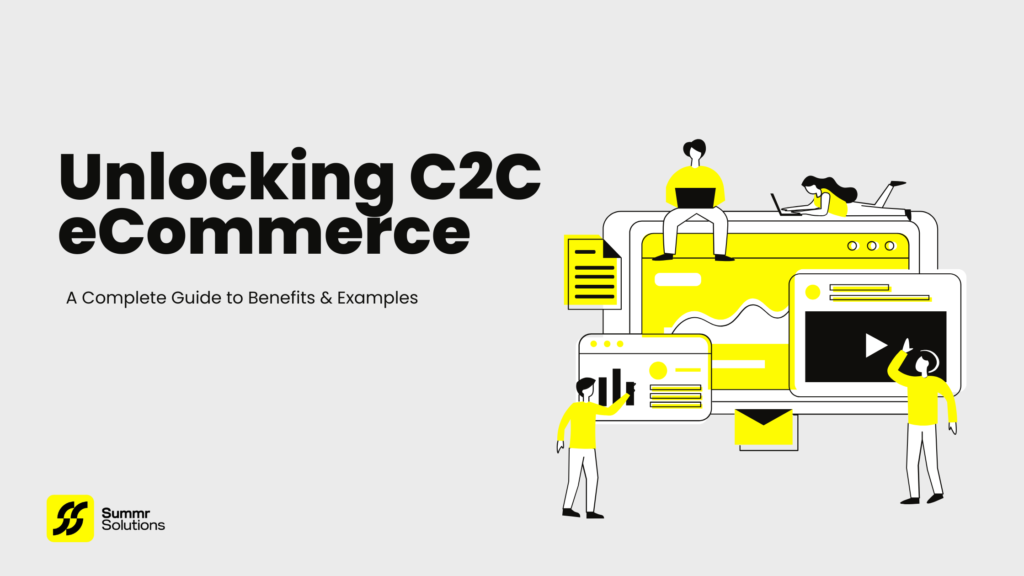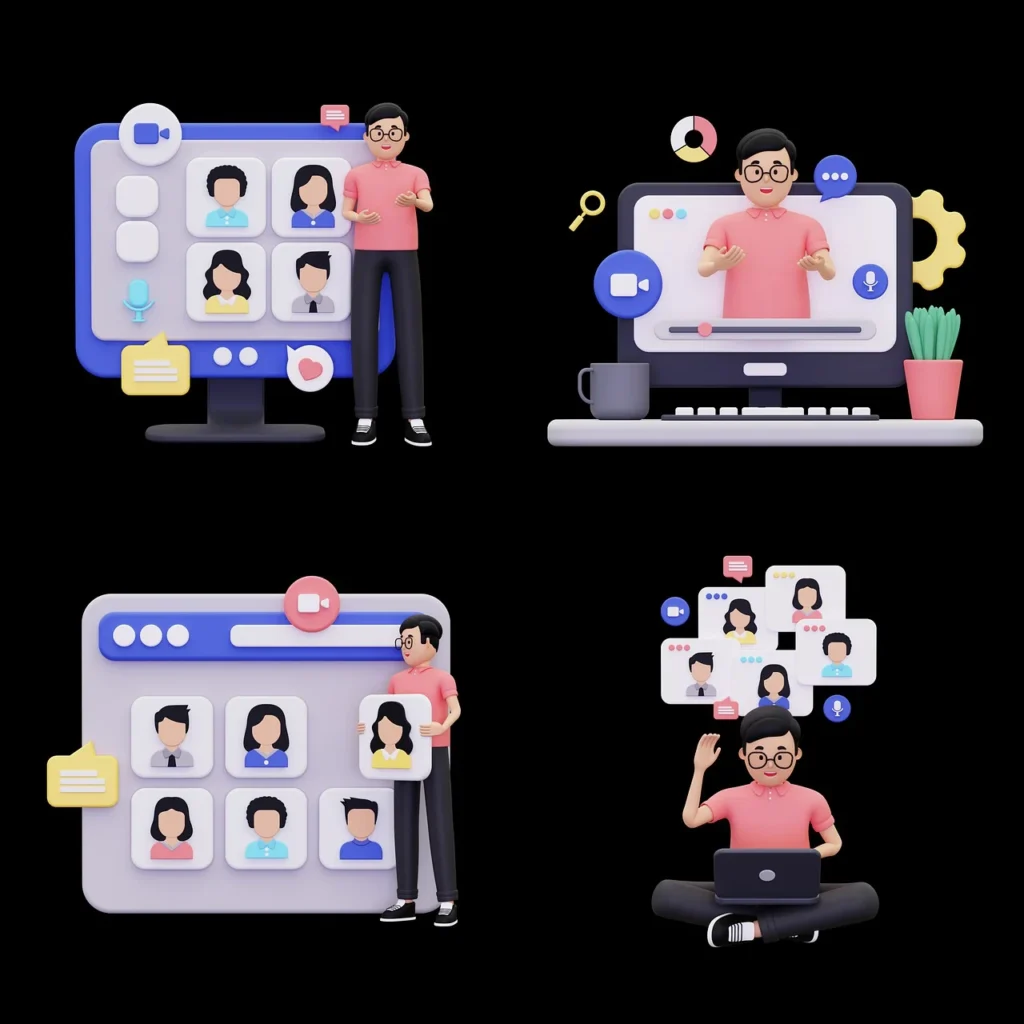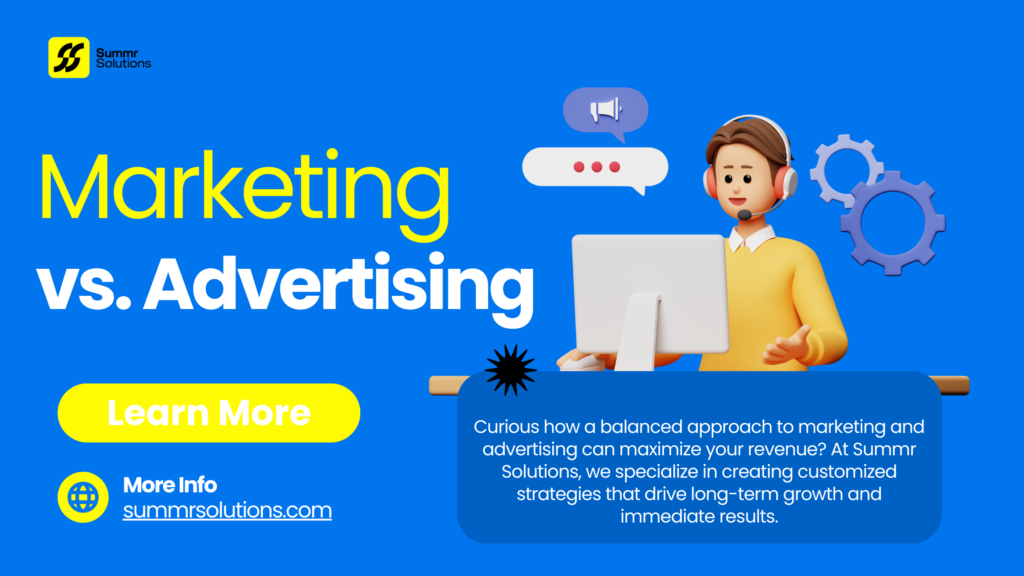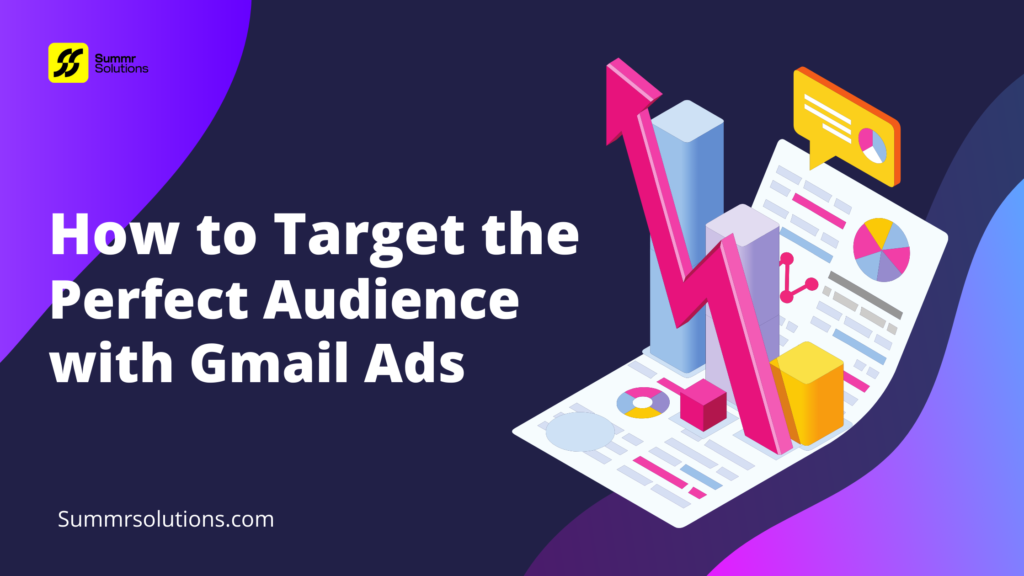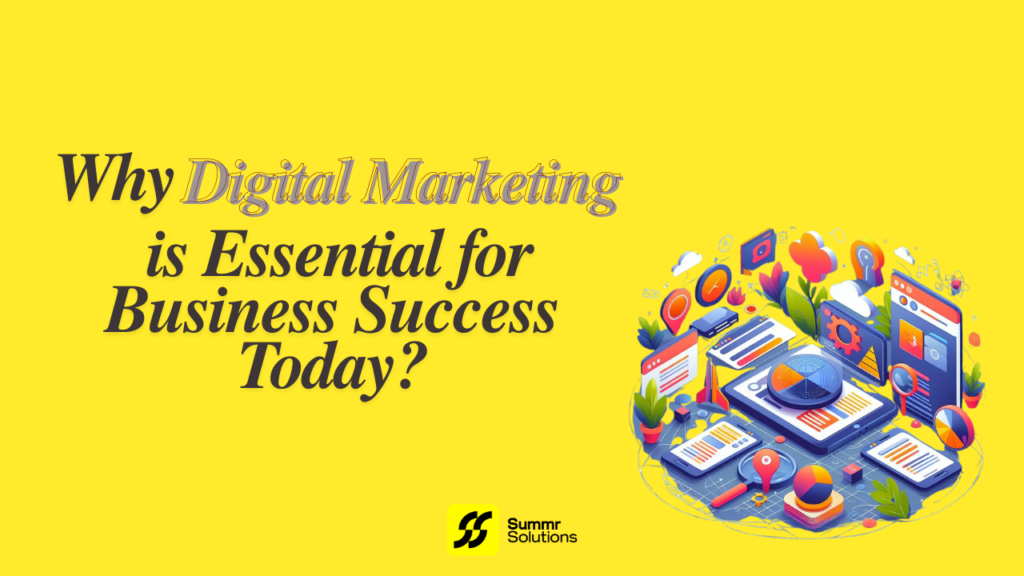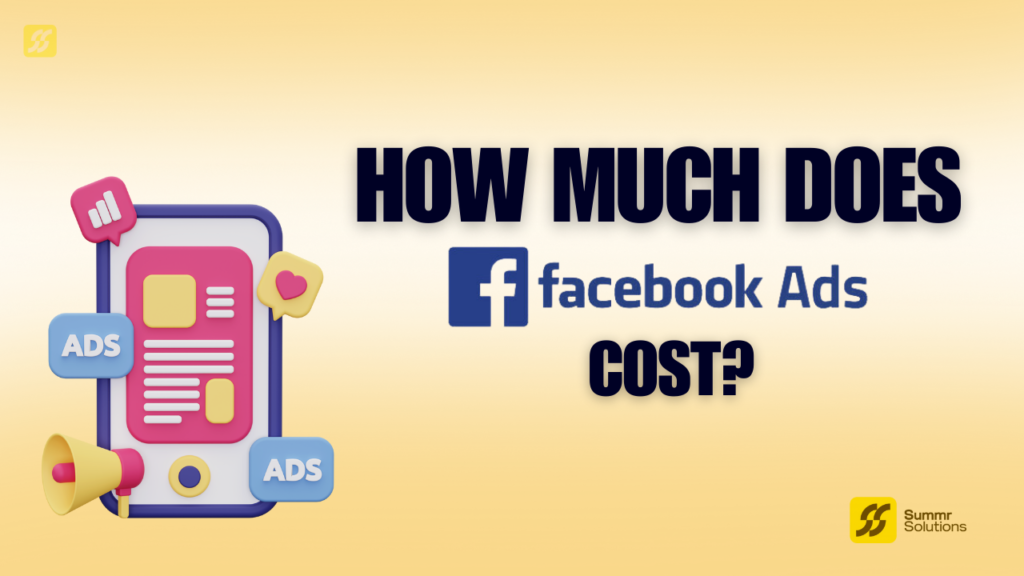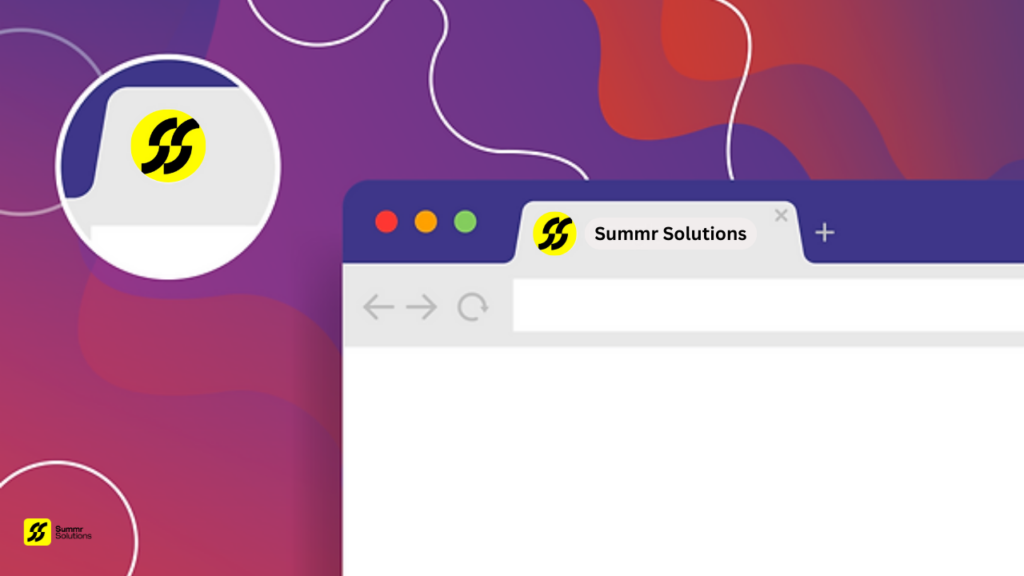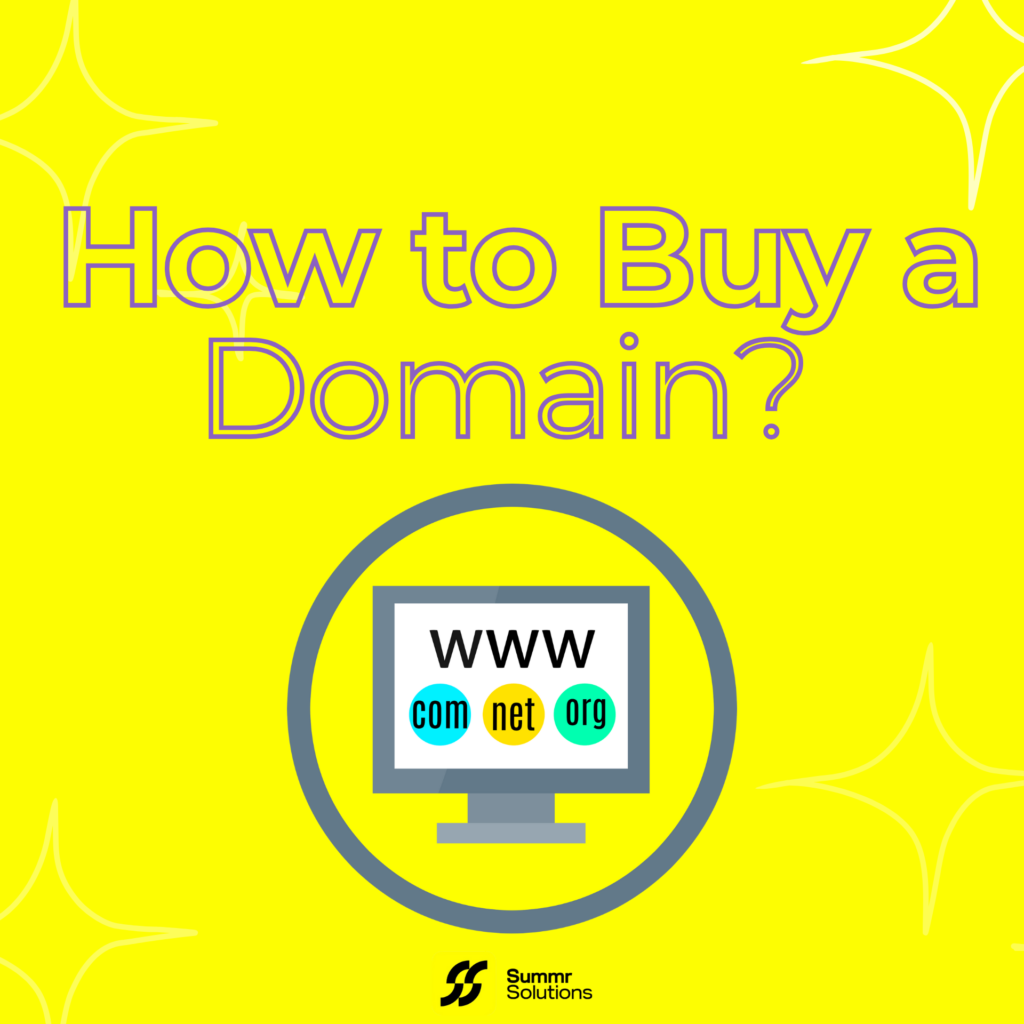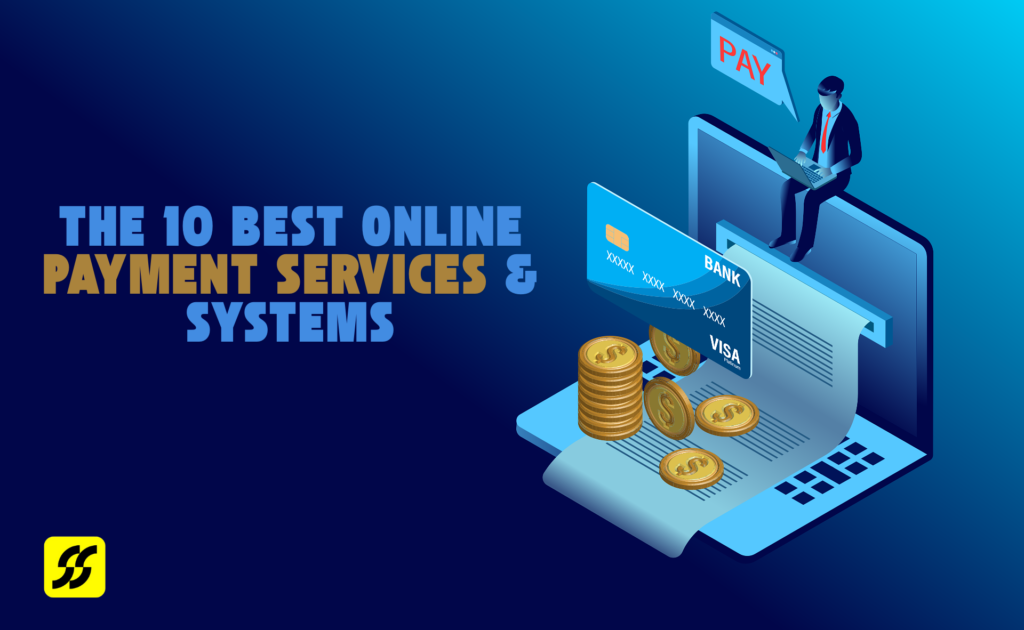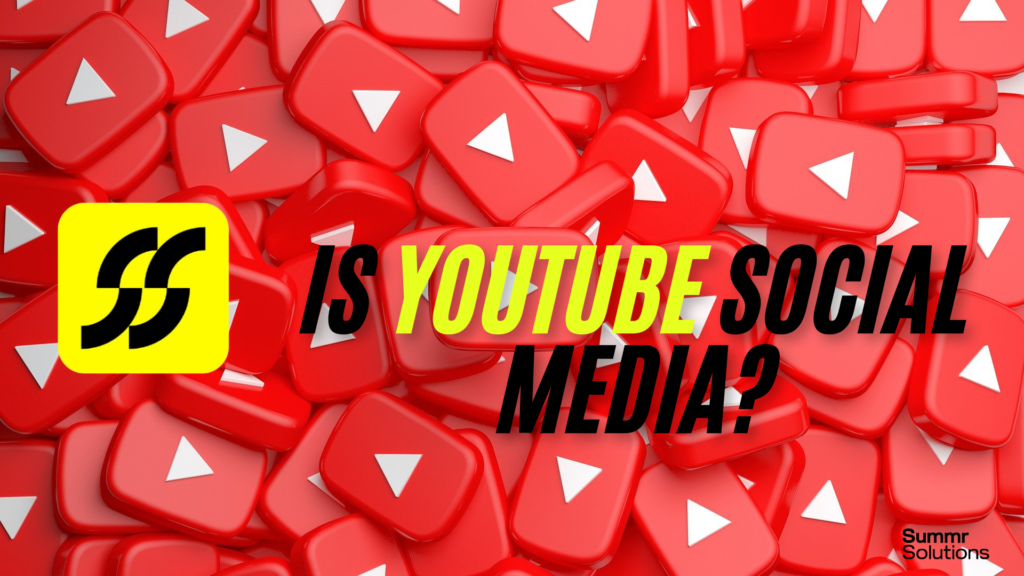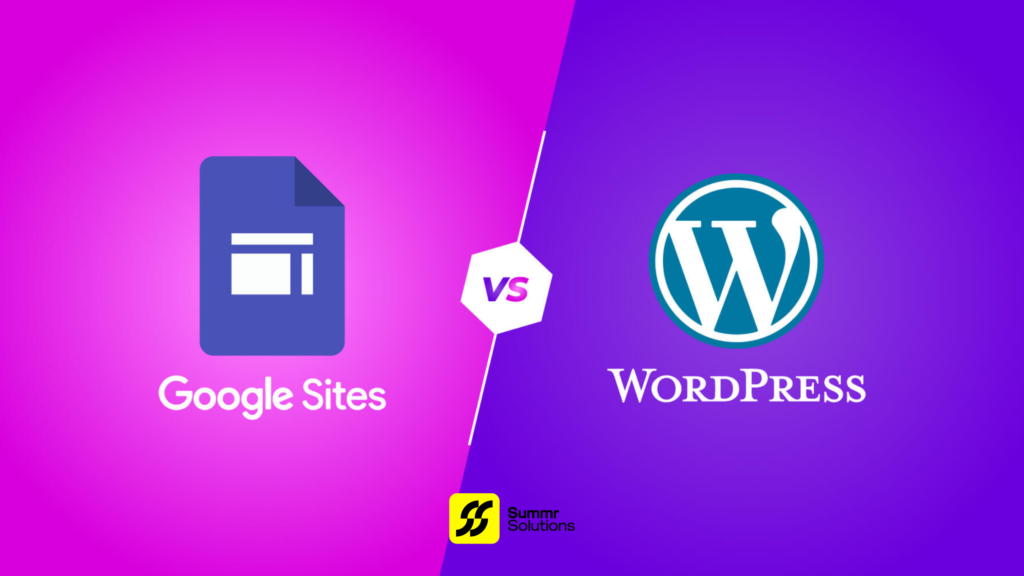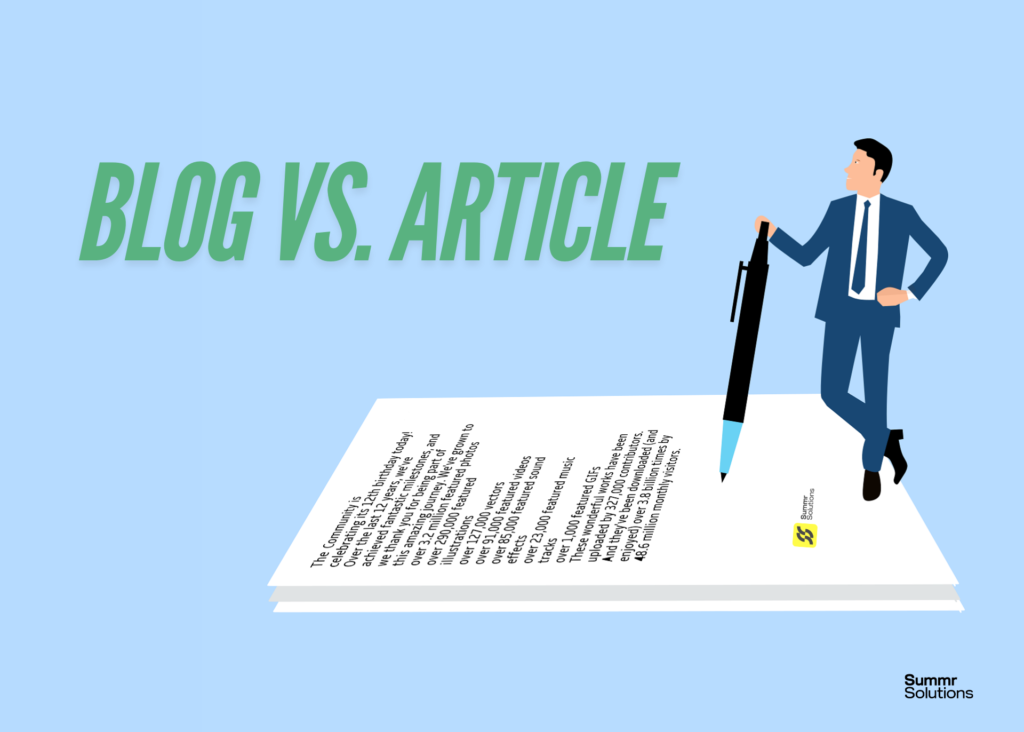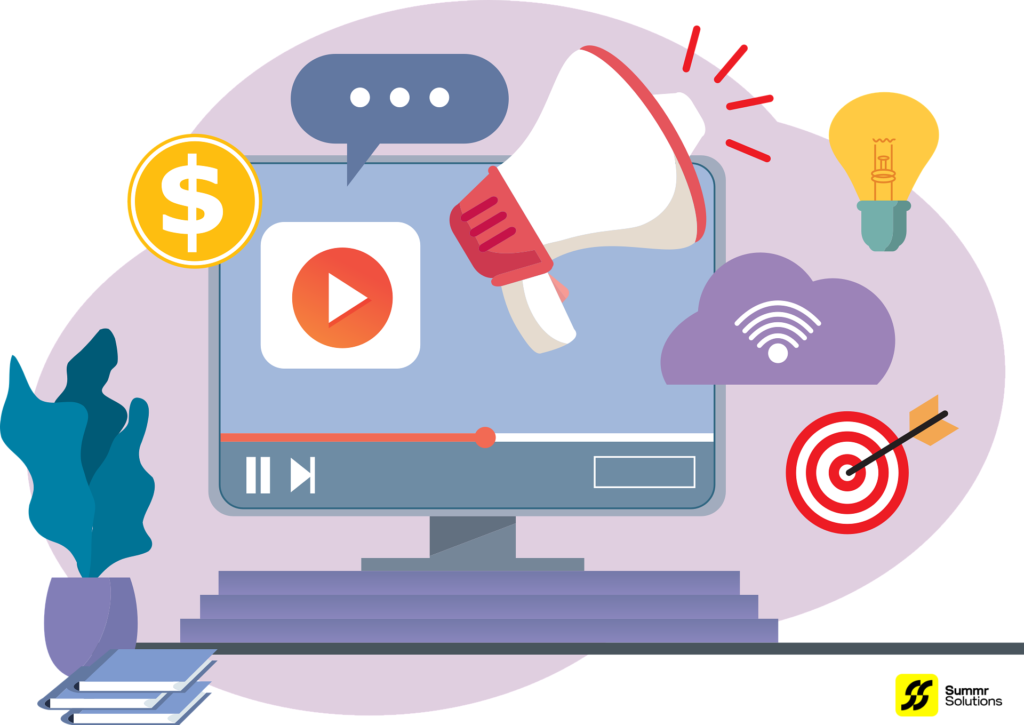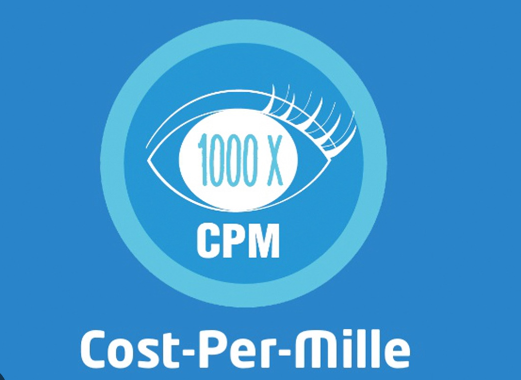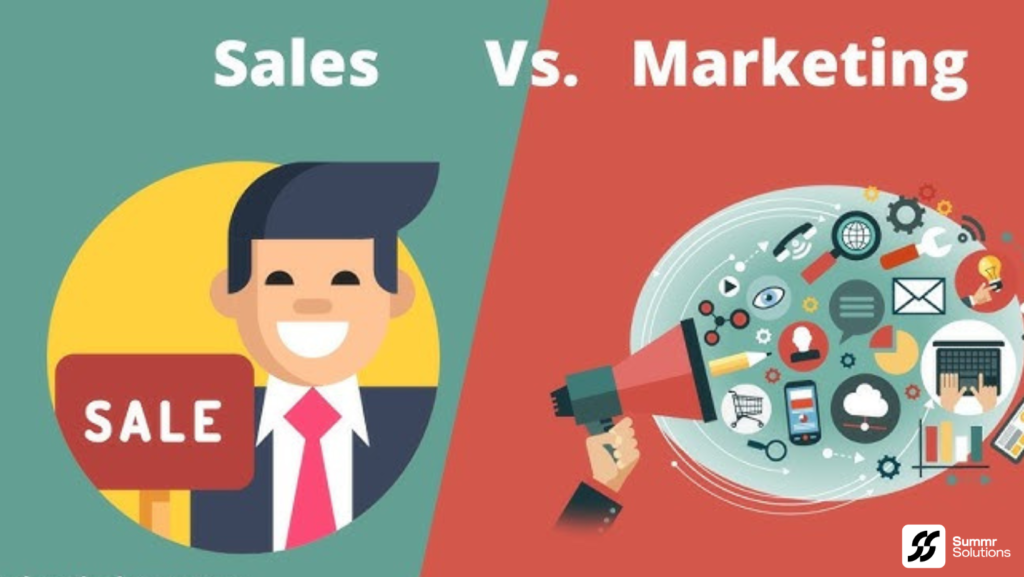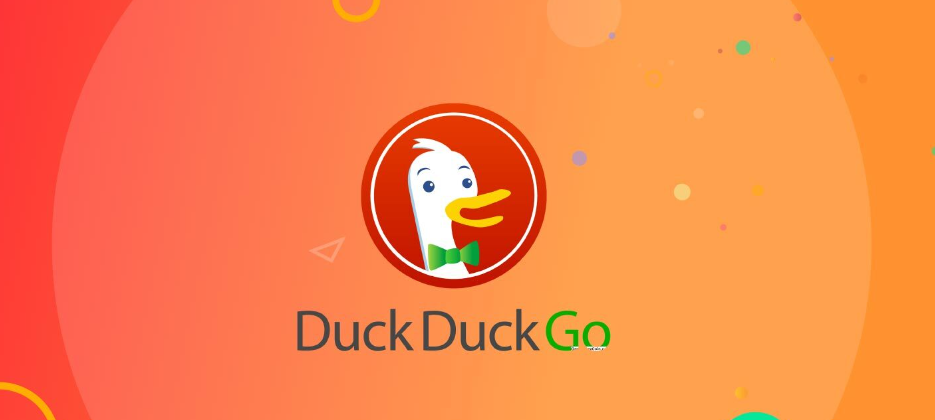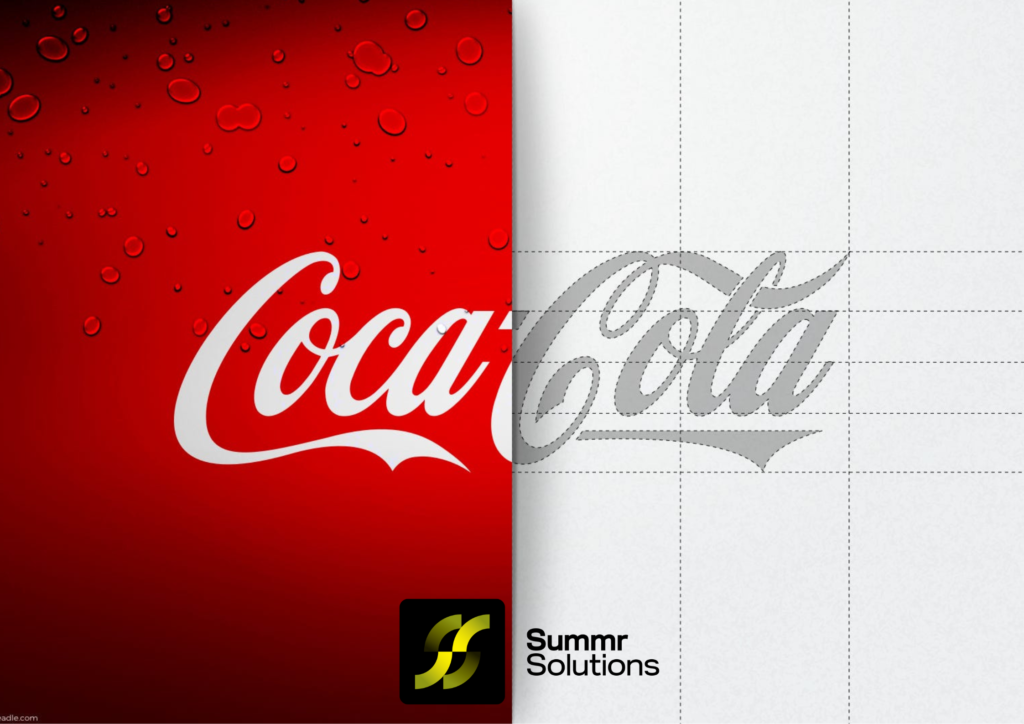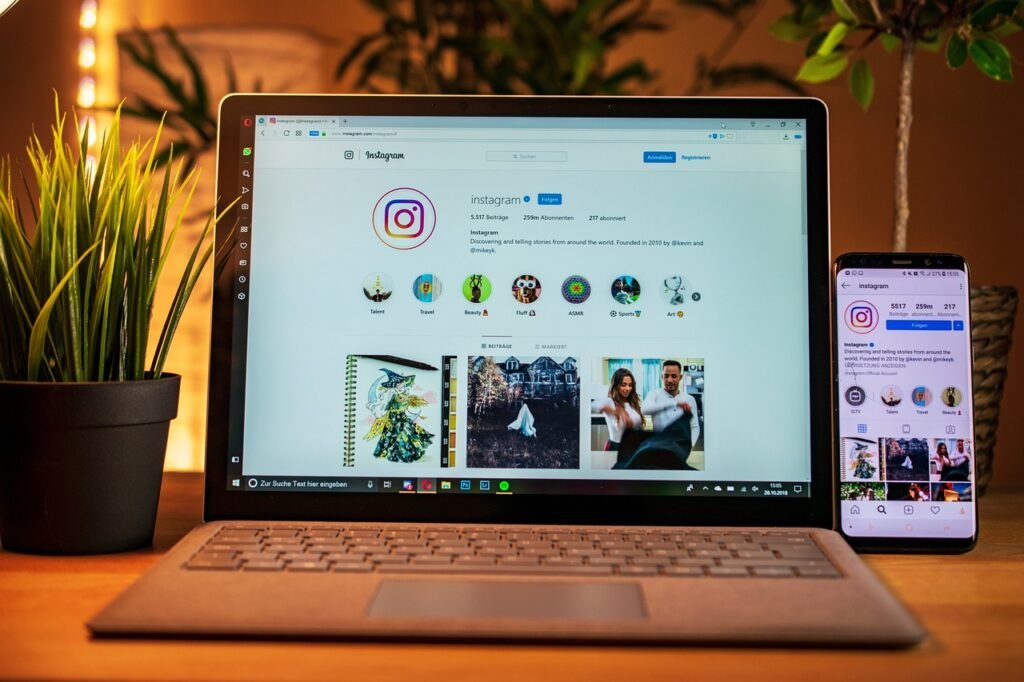YouTube is undeniably a social media platform, offering more than just a repository for video content. As with other social networks, it allows users to create profiles, share content, engage with others, and build communities. The platform’s blend of user-generated content, interactivity, and community-building features positions it firmly within the social media realm.
If you’re looking to master YouTube as a social media platform, here are key strategies to consider:
1. Create High-Quality, Engaging Content
The foundation of any successful YouTube channel is valuable and engaging content. Whether it’s tutorials, vlogs, reviews, or any niche content, make sure your videos are informative, entertaining, and offer value to your audience. Invest in good production quality with clear audio and video to retain viewers’ attention.
2. Optimize Your Channel and Videos for SEO
YouTube is the second-largest search engine after Google, so optimizing your content for search is crucial. Focus on:
- Video Titles
- Keyword Usage: Use relevant keywords in your video titles to improve discoverability. Make sure to place the most important keywords at the beginning of the title.
- Descriptive and Engaging: Ensure the title accurately reflects the content of the video while being catchy enough to attract clicks. Avoid clickbait titles that may mislead viewers.
2. Video Descriptions
- Detailed Descriptions: Write detailed descriptions that provide context for your video. Include relevant keywords naturally throughout the description, especially in the first couple of sentences.
- Include Timestamps: If your video covers multiple topics, include timestamps to help viewers navigate your content easily. This can improve user experience and engagement.
- Links and CTAs: Include links to related videos, playlists, or your social media channels. Adding a call to action encourages viewers to subscribe or watch more content.
3. Tags
- Relevant Tags: Use tags to help YouTube understand the context of your video. Include a mix of broad and specific tags, focusing on keywords relevant to your content.
- Avoid Overloading: Don’t spam tags; use a reasonable number (5-10) that are closely related to your video’s content. YouTube can penalize for irrelevant tagging.
4. Thumbnails
- Custom Thumbnails: Design eye-catching, custom thumbnails that represent your video. Use bright colors, bold text, and compelling images to attract viewers.
- Consistency: Keep a consistent style across your thumbnails to create brand recognition. This includes using similar fonts, colors, and layouts.
5. Closed Captions and Subtitles
- Accessibility and SEO: Adding closed captions and subtitles not only makes your videos accessible to a broader audience but also allows search engines to crawl the text, improving SEO.
- Manual vs. Auto: Consider manually adding captions for accuracy, as automatic captions may contain errors.
6. End Screens and Cards
- Promote Other Content: Use end screens and cards to promote other videos, playlists, or your channel. This encourages viewers to stay on your channel longer, increasing watch time.
- Interactive Elements: These features enhance viewer engagement, encouraging subscriptions and more views on your content.
7. Playlists
- Organized Content: Create playlists to group similar videos together. This makes it easier for viewers to find related content and can boost watch time by encouraging binge-watching.
- Descriptive Titles and Descriptions: Just like individual videos, playlists should have keyword-rich titles and descriptions to improve their discoverability.
8. Engagement Metrics
- Encourage Engagement: Encourage viewers to like, comment, and share your videos. Engagement metrics like comments, likes, and shares influence how YouTube ranks your content.
- Respond to Comments: Engaging with your audience by responding to comments can foster community and encourage more interactions.
Is YouTube Social Media? Yes. Here’s How to Master It
When you think of social media, platforms like Facebook, Instagram, Twitter, and TikTok probably come to mind. But YouTube, despite its dominance in the video-sharing space, is sometimes overlooked as a social media platform. However, the truth is, YouTube is a powerful social media platform, combining elements of community interaction, content sharing, and engagement, much like other social networks. Let’s dive deeper into why YouTube is considered social media and how you can master it to build an engaged audience.
Why Is YouTube Considered Social Media?
1. User-Generated Content: At its core, YouTube is built on user-generated content (UGC), one of the main hallmarks of social media. People create, share, and watch videos, with many creators developing their own unique communities around their content. The platform enables users to showcase their creativity, whether it’s through vlogs, tutorials, reviews, or entertainment, much like other platforms where users post text, photos, or stories.
2. Community Interaction: YouTube allows for two-way interaction between content creators and their viewers, making it much more than just a video-hosting service. Subscribers can engage with creators through likes, comments, shares, and by subscribing to channels, forming a tight-knit community around content. Many creators even respond directly to comments, hold live streams, and create community posts to further build connections.
3. Social Features: YouTube offers various social features that enhance user engagement. Channels can create polls, post updates, and share behind-the-scenes content through the Community tab, fostering a sense of connection between creators and their audiences. Playlists, shares, and collaborative videos allow creators to network and build relationships with others.
4. Influencer Marketing and Monetization: Much like Instagram or TikTok, YouTube is a hub for influencers and content creators to monetize their audiences. Whether it’s through ads, sponsored content, or affiliate marketing, YouTube’s platform allows for significant revenue generation, particularly for those with a loyal following.
Given its social features, YouTube should definitely be a part of your social media strategy. Now, let’s look at how you can master it.
How to Master YouTube as a Social Media Platform
1. Create High-Quality, Engaging ContentThe cornerstone of any successful YouTube strategy is creating compelling, valuable, and high-quality content. Content can range from tutorials and educational videos to vlogs, reviews, or even entertainment. The key is understanding your target audience and providing them with content that educates, entertains, or informs.
Here’s what makes your content stand out:
- Valuable Information: People come to YouTube for solutions. Answer questions, solve problems, or entertain in a way that keeps them coming back.
- Good Production Quality: You don’t need Hollywood-level production, but ensure your videos have clear audio, decent lighting, and a steady camera.
- Consistency: Posting consistently helps you stay on top of mind for your audience. Whether it’s weekly or bi-weekly, establish a schedule and stick to it.
- Authenticity: Be yourself. Authenticity is one of the biggest draws on YouTube. The more real and relatable you are, the more people will connect with your content.
2. Optimize Your Content for Search (YouTube SEO)
YouTube is the second-largest search engine in the world, so optimizing your videos for search is crucial for visibility. YouTube SEO involves making your content easy to discover, both on the platform and through Google searches.
- Keywords: Conduct keyword research to find out what your target audience is searching for. Use tools like Google Keyword Planner, TubeBuddy, or vidIQ to find the best keywords for your content. Use these keywords in your video titles, descriptions, and tags.
- Compelling Titles: Your video’s title is one of the first things viewers see, so it must be both catchy and descriptive. Incorporate relevant keywords, but make sure the title is intriguing enough to draw clicks.
- Video Descriptions: Write detailed descriptions for each video, including your primary keyword in the first 100-150 characters. This helps YouTube understand your video’s content. You can also include timestamps, external links, and calls to action.
- Tags: Use relevant tags to help YouTube’s algorithm categorize your video correctly. Be specific and avoid spamming.
- Thumbnails: Custom thumbnails can dramatically increase your click-through rate (CTR). Choose bright, high-contrast images with minimal text that aligns with your video’s content.
3. Build a Loyal Community of Subscribers
One of the social aspects of YouTube is the community that can form around your content. Building a loyal subscriber base means fostering relationships with viewers.
- Call to Action (CTA): Ask viewers to like, comment, and subscribe to your channel in each video. Engaging with your audience, like responding to comments or taking feedback into account for future videos, can build loyalty.
- Use the Community Tab: Once you have over 500 subscribers, you unlock the Community Tab. This feature allows you to create posts, polls, and share updates, much like other social media platforms. Use it to share updates, interact with fans, or ask for feedback.
- Go Live: Livestreaming is a powerful way to engage with your audience in real-time. You can host Q&A sessions, behind-the-scenes streams, or product launches. Viewers love the interactivity, and YouTube rewards live streams with better rankings.
4. Leverage YouTube Analytics
Understanding what works and what doesn’t on your channel is key to growing it. YouTube Analytics provides insights into your video performance, audience demographics, and viewer behavior.
- Watch Time: The total time viewers spend watching your videos is one of the most important metrics YouTube uses to rank your content. Higher watch time signals that your content is engaging.
- Retention Rate: How much of your video people watch before clicking away is critical. Aim to keep your retention rate above 50%.
- Engagement: Track likes, comments, shares, and clicks on end screens or links to measure how interactive your audience is with your content.
- Traffic Sources: Check where your viewers are coming from—whether it’s YouTube search, suggested videos, or external websites—so you can optimize your strategies accordingly.
5. Collaborate with Other YouTubers
Cross-promotion is a great way to expand your reach. Partnering with other YouTubers allows you to tap into their audience, potentially increasing your own subscribers and exposure.
- Collaborative Videos: Consider doing guest appearances, interviews, or challenges with other YouTubers. Choose partners who have similar audiences but aren’t direct competitors.
- Shoutouts: Mutual shoutouts can introduce each other’s audiences to new content and provide value to both creators.
- Playlists: Creating playlists featuring your videos and those from other creators can introduce your content to new viewers while providing additional value to your subscribers.
6. Monetize Your YouTube Channel
As your channel grows, you can start monetizing your content. YouTube offers several ways to earn revenue from your videos:
- YouTube Partner Program (YPP): Once you have 1,000 subscribers and 4,000 watch hours in the last 12 months, you can apply for YPP. This allows you to earn money through ads placed on your videos.
- Super Chat and Super Stickers: During live streams, viewers can pay to have their comments highlighted. This is another way to monetize interactions with your audience.
- Channel Memberships: Offer memberships for exclusive content, badges, or perks for paying subscribers.
- Affiliate Marketing: Promote products in your videos and use affiliate links in your descriptions to earn commissions.
- Sponsored Content: Brands may approach you to promote their products once you have a significant audience. Be sure to disclose any sponsorships as per YouTube’s guidelines.
Conclusion
Yes, YouTube is a social media platform—one that offers incredible opportunities to build an engaged community, share valuable content, and even monetize your efforts. To master YouTube, focus on creating high-quality, optimized content, building a loyal community, and utilizing the platform’s built-in tools and analytics to grow your channel. With dedication and strategy, you can leverage YouTube to its full potential, whether for brand awareness, audience engagement, or revenue generation.

